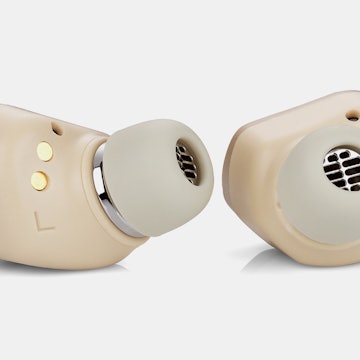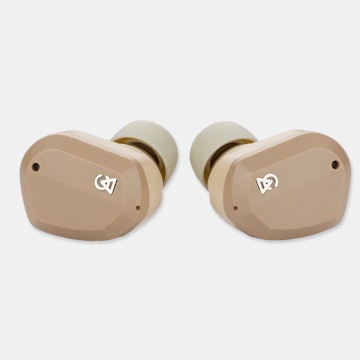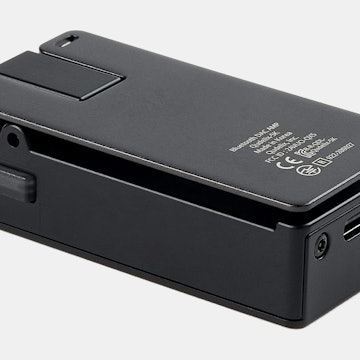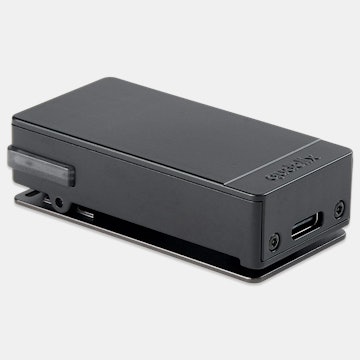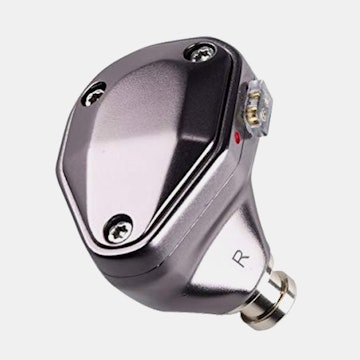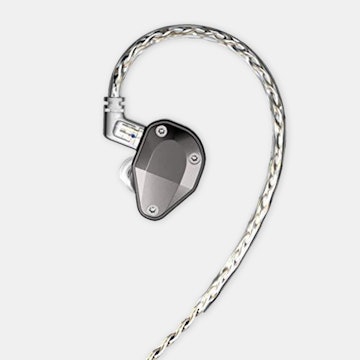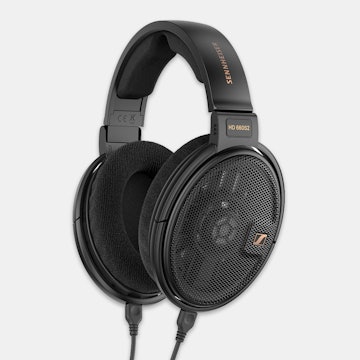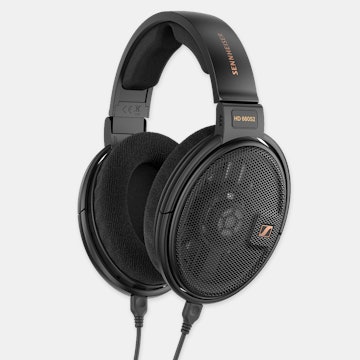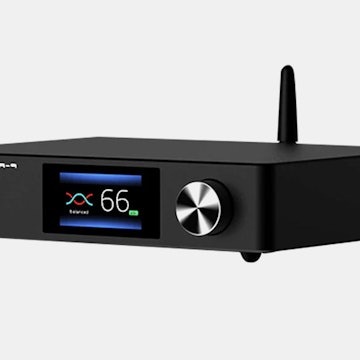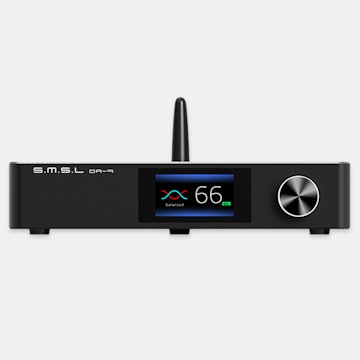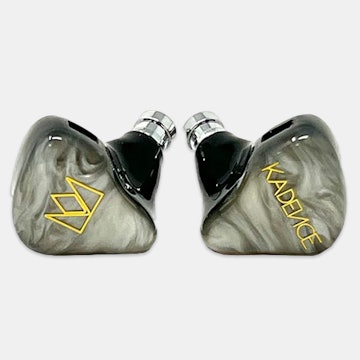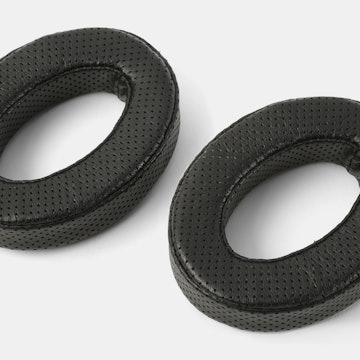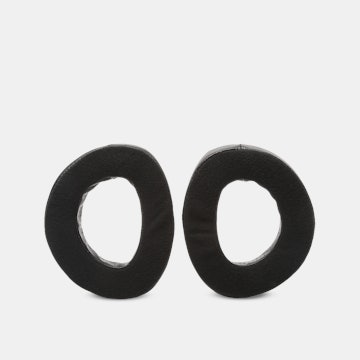Click to view our Accessibility Statement or contact us with accessibility-related questions



Showing 1 of 215 conversations about:
Zecomm
11
Dec 22, 2018
bookmark_border
Amplifier: Little Dot Mk. II
Power Tubes: Soviet 6N6P Gold Grids (matched)
Driver Tubes: Soviet Voskhod 6J1P-EV / 6ZH1P-EV (matched)
Components: Gain switched to Medium Impedance (Switch 1 On, Switch 2 Off)
DAC: Topping D30
Headphones: AKG 7XX Massdrop Exclusive
Source: Linux Mint using DeadBeef, utilizing USB direct to output, and FLAC ≤ 24bit audio
Listen, this amp is great, especially with the power of the former Soviet Union; however, I wanted to post something just in case someone is having the same problem I was.
I was under the illusion that my amp was just defective. Audio was unbalanced to the left side. I tried so many things; I even took my Littledot MKII to a supposed audio expert. It ended up costing 70 dollars, and the only thing I got was some fixed cold solder joints, which I could've done myself since that's pretty much what I do for a living. The guy apparently didn't know how to google, because he said that he couldn't find the schematics online. Well, I had been afraid to mess with the gain switches that I had heard about, given my knowledge of audio equipment was sparse. That was until I decided to read the damn manual.
After I learned exactly what the gain switches did, I opened the unit up to discover that they were set for high impedance. Now, most of the websites I could find listed high impedance as being greater than 25 ohms, so this led me to believe I had hit a dead end. That is absolutely not true though. This random blogger seemed to be the only one who actually had a clue as to what ohm rating correlated to what impedance level:
WHAT’S CONSIDERED “HIGH IMPEDANCE”? I’m not aware of any hard rule but generally it’s safe to say 100 ohms and higher qualifies as “high impedance”. Such headphones are usually not designed for portable use. And it’s safe to say 32 ohms and lower qualify as “low impedance” and typically work well for all applications. That leaves a gray area between 32 and 100 ohms where other factors determine how suitable the headphones are for a given source.
As it turned out, my AKG 7XX headphones had an impedance rating of 62 ohms, and according to "nwavguy", that would put it into the medium range. Utilizing this new found information, I referred to the table in the manual:
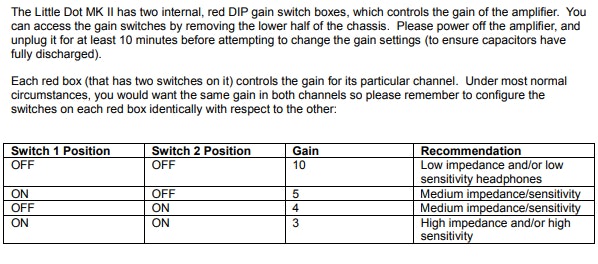

(Edited)

racsorrac
3
Jan 4, 2019
bookmark_border
ZecommDon't take the table Zecomm has posted as valid, use the one in the manual.

racsorrac
3
Jan 5, 2019
bookmark_border
ZecommI'm afraid the manual I have gotten very recently with my amp says gain 10 is for high impedance headphones and gain 3 is for high sensitivity headphones. Sorry if I have misunderstood you in any way.
mateusfig
1
May 14, 2020
bookmark_border
ZecommMy amp is Little Dot Mk. III. I have same issue as you. I will try your tip out. The sound feels like unbalanced and muddy in the right channel and the sound stage is uncentered. Anyway, thanks.

